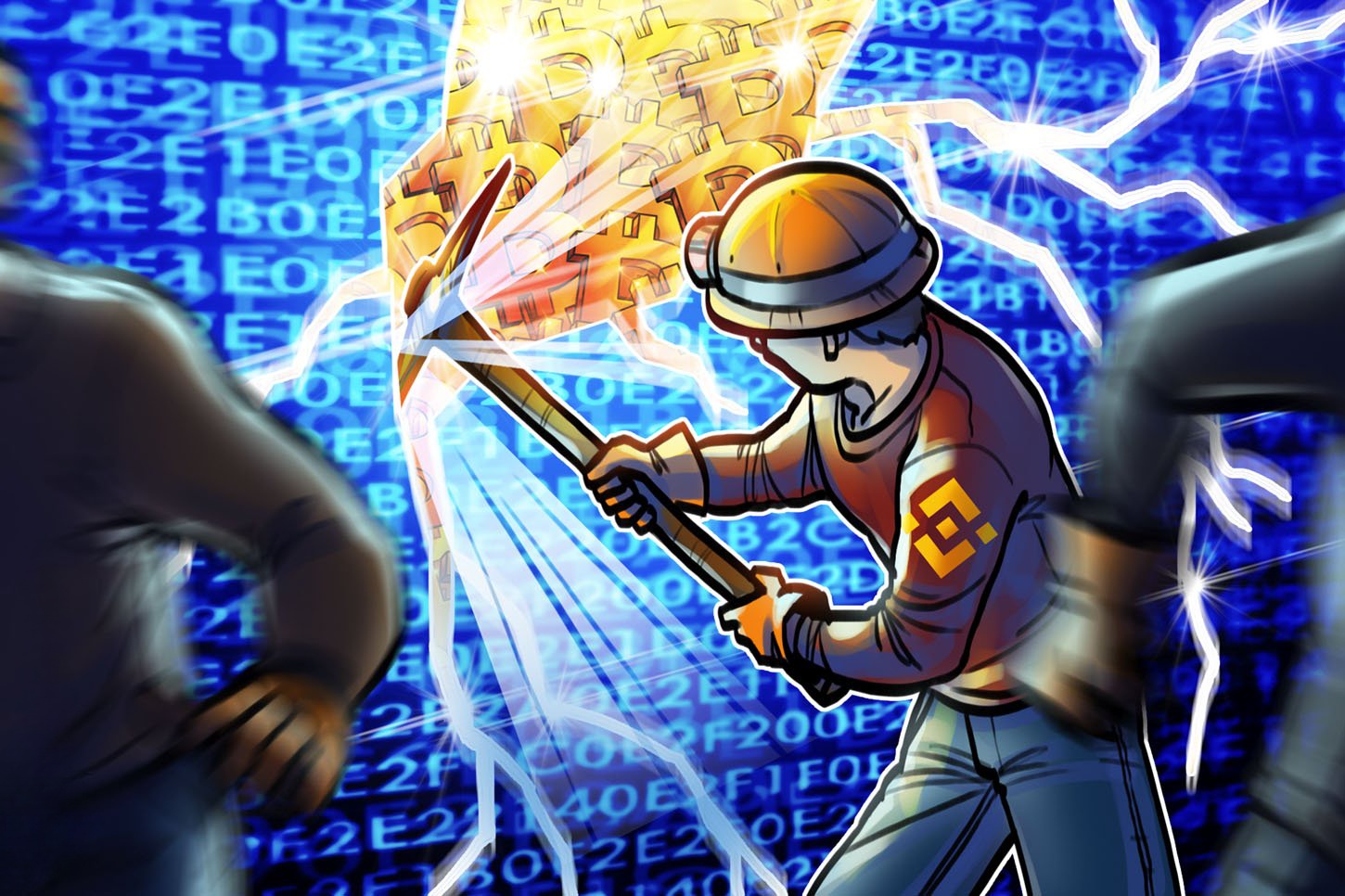A mining pool is a collaborative network of individual miners who combine their computing power to increase their chances of successfully mining cryptocurrency and earning rewards. In a mining pool, miners work together to solve complex mathematical problems that verify and add transactions to the blockchain.

How does the mining pool operate?
1. Miners join the pool:
Individual miners who want to mine a particular cryptocurrency join a mining pool by connecting their mining hardware to the pool's mining server. They usually need to register an account with the mining pool and configure their mining software to connect to the pool's mining server.
2. Pool distributes mining tasks:
The mining pool's server distributes mining tasks to the connected miners. These tasks involve solving complex mathematical problems that verify and add transactions to the blockchain.
3. Miners contribute computing power:
Miners use their computing power (measured in hash rate) to work on the mining tasks assigned to them by the mining pool. They use their mining hardware, such as ASICs (Application-Specific Integrated Circuits) or GPUs (Graphics Processing Units), to perform the computational work required for mining.
4. Miner submits shares:
As miners work on the mining tasks, they generate shares, which are partial solutions to the mining problem. These shares are submitted to the mining pool's server to prove that the miner is contributing to the mining process.
5. Pool verifies shares:
The mining pool's server verifies the shares submitted by the miners to determine their contribution to the pool's overall hash rate. This verification process helps in distributing rewards proportionally among the miners based on their contribution.
6. Pool mines blocks:
When the mining pool's server successfully mines a block, the block reward (which includes newly minted cryptocurrency coins and transaction fees) is distributed among the miners in the pool based on their contribution, typically proportionate to the number of shares they submitted.
7. Pool charges fees:
The mining pool typically charges a fee for its services, which is deducted from the rewards earned by the miners. The fee structure can vary depending on the mining pool and is usually a percentage of the mined rewards.
8. Pool handles payouts:
The mining pool handles the payouts to the miners based on its payout policy, which can include factors such as minimum payout thresholds, payout frequency, and payout methods (e.g., cryptocurrency wallet addresses).
9. Miners continue mining:
Miners can continue mining with the mining pool as long as they wish, and their mining hardware remains connected to the mining pool's server. They continue to contribute their computing power to the pool's mining efforts and earn rewards proportionate to their contribution.
What is the pool's fee structure?
1. Mining Fee:
This is a percentage of the mining rewards earned by miners that the mining pool charges as a fee for its services. For example, if a mining pool charges a mining fee of 2%, and a miner earns 1 BTC in mining rewards, the mining pool would deduct 0.02 BTC (2% of 1 BTC) as a fee, and the miner would receive 0.98 BTC as their share of the rewards.
2. Transaction Fee:
Some mining pools may charge a separate transaction fee for processing transactions included in mined blocks. This fee is usually charged in addition to the mining fee and is based on the size or complexity of the transactions included in the block.
3. Withdrawal Fee:
When miners request to withdraw their earnings from the mining pool, some mining pools may charge a withdrawal fee. This fee is usually charged per withdrawal request or per transaction and covers the costs associated with transferring funds from the mining pool to the miner's designated wallet.
